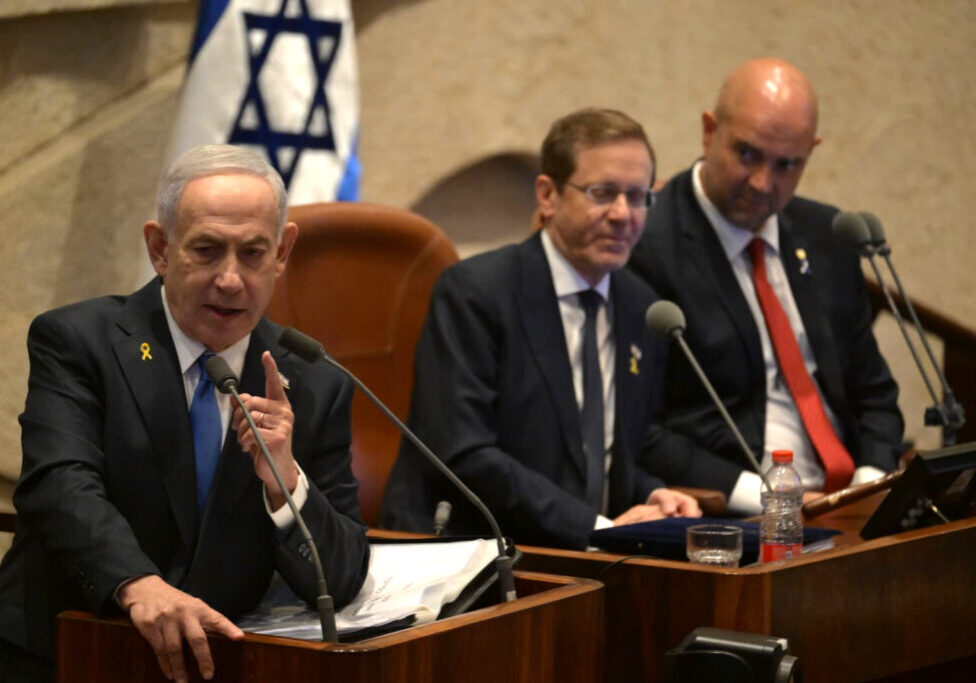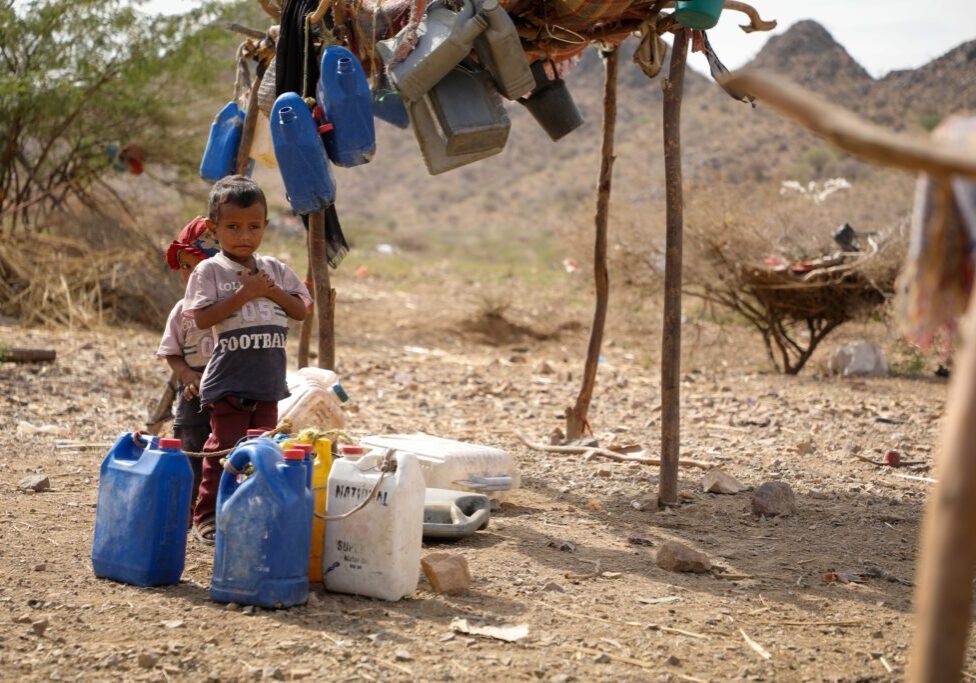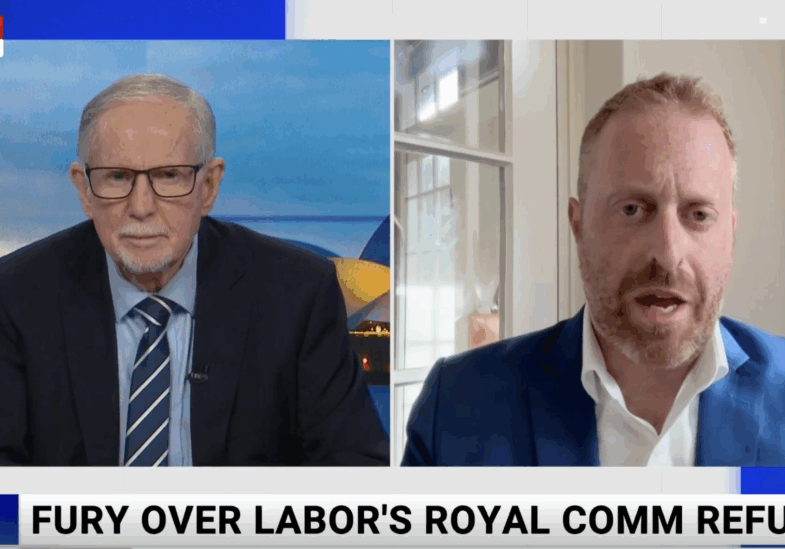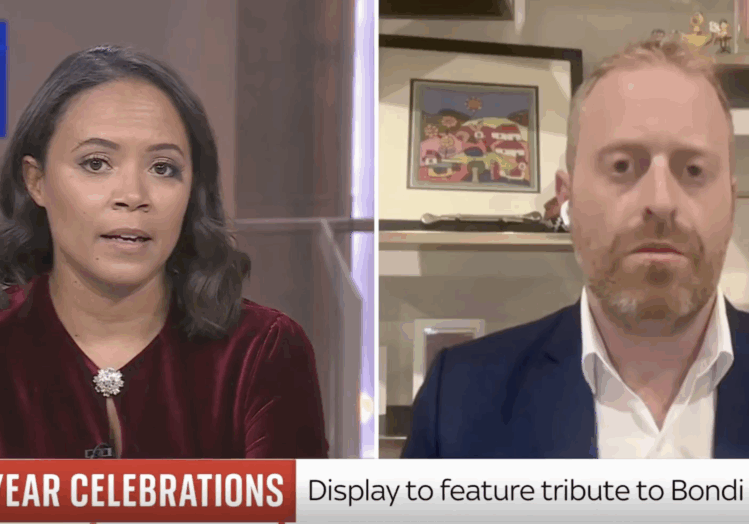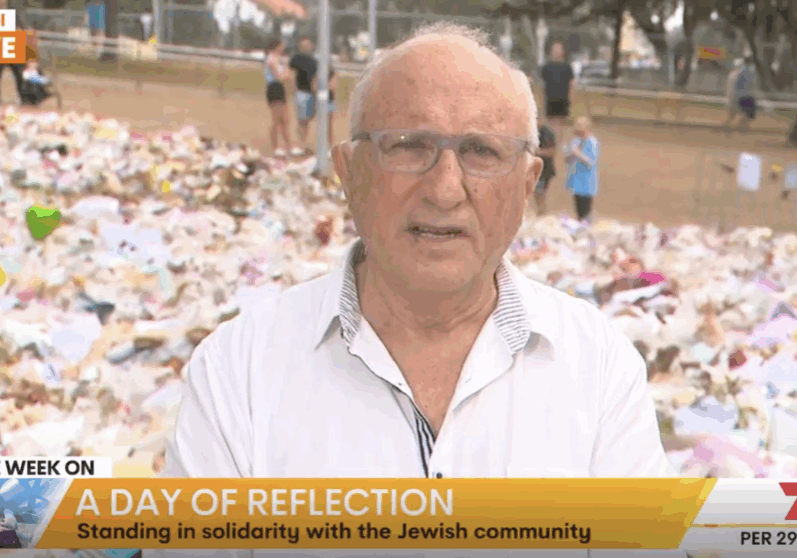FRESH AIR
Downplaying the Hezbollah presence in Latin America: A Fisking
January 29, 2020 | Oved Lobel

On January 12, the Sydney Morning Herald reprinted a Los Angeles Times article by Kate Linthicum titled “Could Iran and Hezbollah really strike in Latin America?” The article clearly leans towards answering “no”, while making allowances for the fact that Hezbollah and Iran once had dangerous capabilities and intentions as evidenced by the bombing of the Israeli embassy in Argentina in 1992 and then the bombing of the AMIA Jewish Community Centre in Buenos Aires two years later.
However, the article goes too far in minimising and downplaying Hezbollah and Iranian infrastructure on the continent today. Iranian embassies hosting Intelligence Ministry officials, alliances between South American regimes and the Islamic Revolutionary Guard Corps-Quds Force (IRGC-QF) and its proxy, Hezbollah, and attempts by the IRGC-QF to work through Mexican cartels to conduct significant attacks are all ignored. The article also does not adequately describe Hezbollah or its relationship with the IRGC-QF.
Most importantly, it leaves out the vital context of Iranian desperation to avenge the assassination of Qassem Soleimani. While it is important to note that there is no evidence of the IRGC-QF/Hezbollah ever targeting US interests outside of Iran’s surroundings, the assassination may have changed the calculations. Although Iran and Hezbollah have only conducted a single successful attack outside the Middle East in the past few decades – the 2012 attack on a tourist bus carrying Israelis in Burgas, Bulgaria – there have been dozens of attempts since at least 2006 to mount major attacks across the world against Israeli targets. The limited success is thanks to good Israeli intelligence, but the article is wrong to downplay the potential infrastructure for an attempt on US interests if Iran decided to pursue one.
Here are some quotes from the article with analysis of their inadequacies:
“Some experts argue that such warnings are overblown. They say Hezbollah has no organised structure in South America and probably doesn’t have the capacity to launch major attacks.”
While neither the IRGC-QF nor its Lebanese proxy, Hezbollah, have managed to conduct a successful attack against any target in South America since 1994, it is allegedly not for lack of trying or organised structure.
The article only gives a cursory mention to the case of Mohammad Hamdar, an operative of Hezbollah’s overseas terrorism branch (ESO), who was scoping Israel-related targets in Peru when he was arrested in 2014. A raid on his home revealed traces of explosives and detonators, and his garbage had traces of military-grade explosives. Under interrogation, he admitted that his Hezbollah handler was Salman Raouf Salman (AKA Salman al-Reda), one of the primary Hezbollah agents involved in the AMIA bombing and a senior ESO official who Argentine security officials at the time accused of overseeing “Hizballah sleeper cells in Buenos Aires and the Tri-Border Area of Argentina, Brazil, and Paraguay.”
The article also failed to mention the reckless and audacious IRGC-QF plot in 2011 to blow up Saudi Arabia’s ambassador in Washington, D.C. and eventually to target the Saudi embassy in the US and the Israeli and Saudi embassies in Argentina. For this attack, senior IRGC-QF official Abdul Rez Shahlai tasked his cousin to make contact with drug cartels in Mexico and hire them to conduct the attacks. Hezbollah’s high-level contacts as part of its criminal activities with cartels could almost certainly be called upon as a further potential asset for an attack on US interests in South America.
Iran’s alliance with Cuba, and by extension potential to interface with narco-terrorist groups like FARC and ELN – who already would like to attack US interests because of their support for Colombia – also goes unmentioned. Furthermore, anywhere Iran has an embassy means it has infrastructure to conduct attacks, as the recent case of the thwarted bombing against a Mujahideen-e-Khalq (MEK) rally in France in June 2018 demonstrated.
“The US government says it is worried about Hezbollah’s ties to the anti-American regime in Venezuela and accuses the group of raising funds for terrorist activities…Some experts have expressed doubts about those charges and other cases, pointing out that Hezbollah is a major political party in a very small country, and that many Lebanese migrants are likely to have loose ties to the group.”
The article only briefly alludes to Hezbollah’s connection to the Venezuelan regime, without detailing just how extensive that relationship is with both Hezbollah as well as its Iranian parent organisation, the IRGC-QF.
In 2007, the leadership of Iran and Venezuela began running a service they jokingly called ‘Aeroterror,’ in which drugs and cash were loaded onto civilian airlines to Syria and Iran and returned with weapons and Iranian and Hezbollah operatives, as many as 2,000 in all, who the Venezuelan government would provide with fake identities and travel documents. The IRGC-QF helped train the Venezuelan security services, and several IRGC-QF officials allegedly joined it.
In April, Iran offered to send more IRGC-QF agents to Venezuela. Meanwhile, Hezbollah reportedly maintains military bases in Venezuela and Nicaragua, and its Secretary-General Hassan Nasrallah recently offered to send more operatives to help the Venezuelan regime.
Furthermore, Hezbollah is not simply or even primarily a major political party and to describe it as such is misleading. It is a transnational Arab militia created by the IRGC to conduct attacks against Israel and fulfil Iranian foreign policy objectives. The IRGC employs Hezbollah across the Arab world to create and train new proxies for Iran and to defend Iranian interests. The fact that Hezbollah hijacked Lebanon by force of arms and still enjoys some genuine, albeit souring, popularity among the population has little bearing on the reality of what Hezbollah actually is. It’s important to note that Hezbollah makes no distinction between its military and political “wings,” and senior leaders have made explicitly clear that its sole purpose is “resistance;” that is, war and terrorism against the West, with political control a means to those ends.
For example, in October 2012, Hezbollah Deputy Secretary-General Naim Qassem stated, “We don’t have a military wing and a political one; we don’t have Hezbollah on one hand and the resistance party on the other.… Every element of Hezbollah, from commanders to members as well as our various capabilities, are in the service of the resistance, and we have nothing but the resistance as a priority.”
As for ‘loose ties,’ most or all the individuals cited are no less than full members of Hezbollah’s ESO.
“It may engage in small-time drug-smuggling or money laundering in the region, but many of those who have been accused of such activities appear to be run-of-the-mill criminals suspected of ties to terrorism simply because of their Middle Eastern descent.”
There is nothing “small-time” about Hezbollah’s drug smuggling or money laundering. On the contrary, it is considered among the most sophisticated organised crime syndicates in the entire world, raking in an estimated US$1 billion annually, much of this from moving drugs from South America and money-laundering on that continent.
The article only mentions Assad Ahmed Barakat as an “alleged” financier, when in fact, as Hezbollah expert Matthew Levitt explains, he was a “card-carrying member of Hezbollah’s Islamic Jihad Organization (IJO) terrorist wing.” In his network are fairly senior Hezbollah regional representatives in the Tri-Border Area (TBA) – many allegedly involved in the AMIA bombing – who raise funds through a variety of means, ranging from front companies to extorting the Lebanese expatriate community with relatives in Lebanon by threatening to put them on a “Hezbollah blacklist.”
There were reportedly several cells in Chile involved in “significant financial fund-raising for Hezbollah”, as well. As Levitt has pointed out, Hezbollah’s “Business Affairs Component (BAC)” which was allegedly founded by Hezbollah’s most senior terrorist Imad Mughniyeh himself, is active across the continent.
Most importantly, there is no real separation between the financiers and the terrorists: the former are part of the logistics that comprise Hezbollah’s attack infrastructure. Argentine security officials said the aforementioned Salman al-Reda was in touch with Barakat before AMIA, and the US Treasury alleged Barakat’s electronics store in the TBA was used to pass information between Hezbollah operatives. Where there are financiers, there is a potential organised Hezbollah terrorist structure.
“Asad AbuKhalil, a professor of political science at Cal State Stanislaus, said US officials have long exaggerated connections between Latin America and the Middle East, such as when they warned in the 1980s that the Palestine Liberation Organisation was using its links to leftist political regimes in the region to fund insurgent campaigns back home.”
Whatever the worries about the Palestine Liberation Organisation (PLO) presence in Latin America that were not ultimately borne out, the links between the Palestine Liberation Organisation (PLO) and Soviet-backed leftist regimes in the region were substantial and undeniable. The CIA warned in 1982 that PLO military and financial support for various revolutionary regimes in Latin America had picked up substantially and was likely to increase, and they were right to worry. Using this largely accurate claim as an argument that Hezbollah’s presence in Latin America is overstated seems to be grasping at straws to find an argument in the face of overwhelming evidence that the Hezbollah presence is real and substantial.



